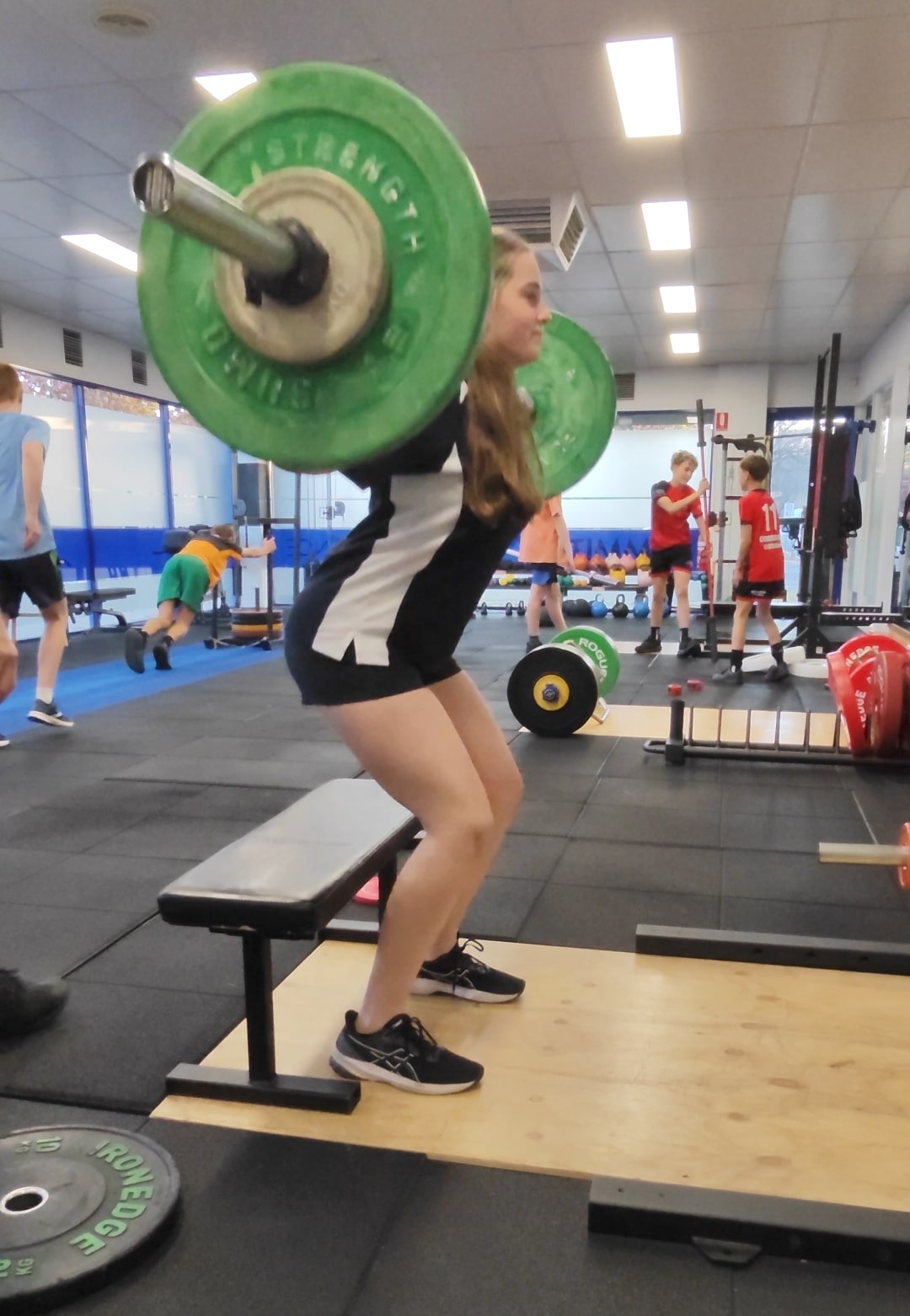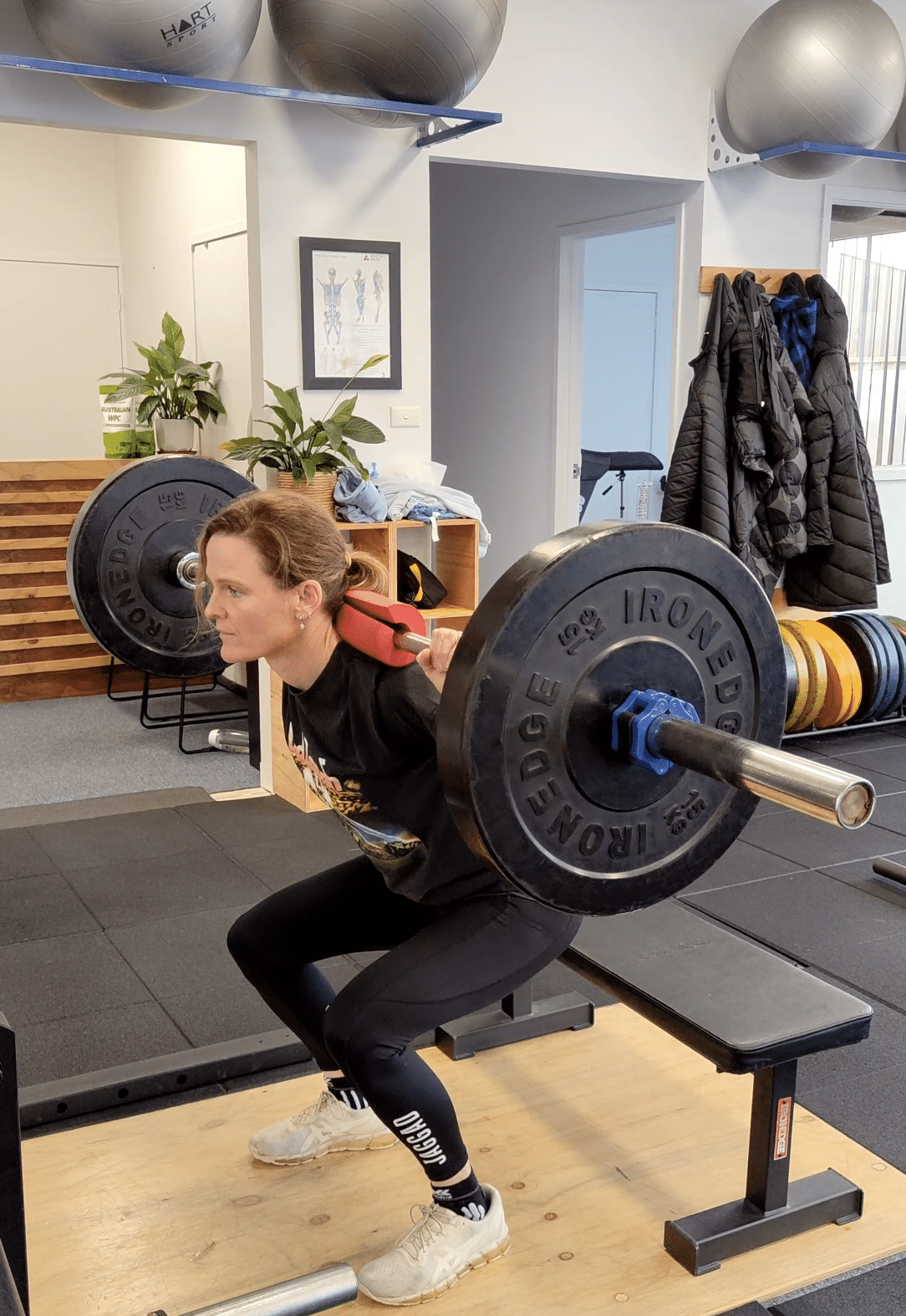The notion that “running slower can make you run faster” might seem counterintuitive at first glance. However, delve into the realm of exercise physiology, and you’ll discover a principle that forms the foundation of endurance training – the concept of building a robust aerobic base.
The Aerobic Advantage: Understanding the Basics
At the heart of this principle is the concept of aerobic capacity, the body’s ability to generate energy using oxygen. Running at a slower pace, often termed as “base training” or “aerobic base training,” predominantly activates the aerobic energy system. Unlike anaerobic systems, which kick in during high-intensity, short-duration efforts, the aerobic system relies on a steady supply of oxygen to sustain prolonged activity.
Mitochondria: Powerhouses of Performance
Central to aerobic metabolism are mitochondria, the powerhouse of our cells. These tiny organelles play a crucial role in energy production, and their abundance can significantly impact endurance. When we run at a slower pace for extended periods, our bodies respond by stimulating the growth and development of more mitochondria.
This phenomenon, known as mitochondrial biogenesis, essentially means that our cells become more adept at producing energy aerobically. The greater the number of mitochondria, the more efficiently our muscles can utilise oxygen, translating to improved endurance and sustained performance.
Capillaries: The Oxygen Expressway
Picture this: capillaries, the tiniest blood vessels in our bodies, coursing through muscles like a network of tiny highways. Training at lower intensities over time enhances this capillarisation, essentially expanding and fortifying the network of blood vessels that supply oxygen to working muscles.
Improved capillarisation has a dual benefit. Firstly, it ensures a more efficient delivery of oxygen to muscle cells, supporting their energy needs during prolonged efforts. Secondly, it aids in the removal of waste products generated during exercise, promoting quicker recovery and reduced muscle fatigue.
Fuelling the Fire: Efficient Fat Metabolism
Another key facet of running slower to run faster lies in the body’s fuel selection. At lower intensities, the body tends to rely more on fat as a fuel source. This shift is significant for endurance athletes, as fat is a more sustainable energy source compared to carbohydrates.
By training the body to burn fat efficiently, runners can preserve their glycogen stores, which are the body’s primary source of readily available energy. Preserving glycogen is crucial for higher-intensity efforts, allowing athletes to push harder and faster when it matters most.
Injury Prevention: The Slow and Steady Approach
Running at a slower pace isn’t just about building endurance; it’s also a strategic move in the game of injury prevention. The impact forces on joints and muscles are considerably lower during low-intensity running compared to higher-intensity workouts. This reduced stress on the musculoskeletal system lowers the risk of overuse injuries, keeping runners on the road and off the sidelines.
Consistency is key in any training program, and a slower-paced approach contributes to a steady, injury-free progression. This, in turn, allows for a gradual increase in training volume and intensity over time, setting the stage for improved performance without compromising long-term health.
The Long-Term Play: Athletic Development
Think of running slower as an investment in long-term athletic development. Building a solid aerobic base lays the foundation for more specialised and intense training in the future. It’s the platform from which runners can launch into higher workloads and more challenging workouts without risking burnout or injury.
A well-structured training plan typically incorporates phases of base training, where the emphasis is on lower-intensity, aerobic workouts. This deliberate approach ensures that athletes develop a comprehensive set of physiological adaptations before progressing to more demanding training cycles.
Practical Application: How to Incorporate Slower Running into Your Routine
Now that we’ve explored the science behind running slower to run faster, let’s discuss how to practically implement this principle into your training regimen:
Base-Building Phases: Dedicate specific blocks of your training cycle to base building. During these phases, focus on lower-intensity, longer-duration runs to enhance aerobic capacity and lay the groundwork for more intense training.
Pace Awareness: Pay attention to your running pace. Use tools like heart rate monitors or perceived exertion scales to ensure you stay within the intended intensity range during base training. This prevents the common mistake of inadvertently pushing too hard during supposed “easy” runs.
Progressive Overload: Gradually increase the duration and frequency of your runs to introduce a progressive overload. This approach allows your body to adapt gradually, minimising the risk of overtraining and injuries.
Cross-Training: Supplement your running routine with cross-training activities like cycling or swimming. This provides variety while still emphasising the aerobic system and reducing the impact on your joints.
Rest and Recovery: Recognise the importance of rest and recovery. Adequate sleep, nutrition, and active recovery strategies are integral components of a holistic training plan.
It’s a Marathon, Not a Sprint
In the pursuit of running faster, it’s crucial to embrace the paradox that slowing down can be a strategic move. The science-backed benefits of running slower—enhanced aerobic capacity, mitochondrial biogenesis, improved capillarisation, efficient fat metabolism, and injury prevention—lay the foundation for enduring speed and long-term athletic success.
So, the next time you lace up your running shoes, consider the wisdom of running slower to run faster. It’s not just a training philosophy; it’s a science-driven approach to unlocking your true potential as a runner. Embrace the journey, build that aerobic base, and watch as your performance reaches new heights over the long and rewarding road ahead.




